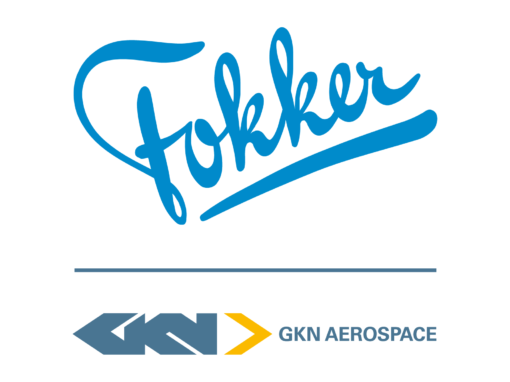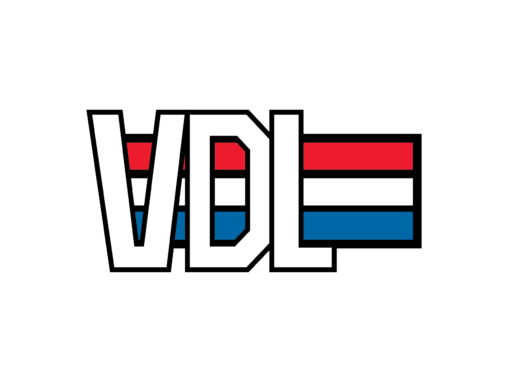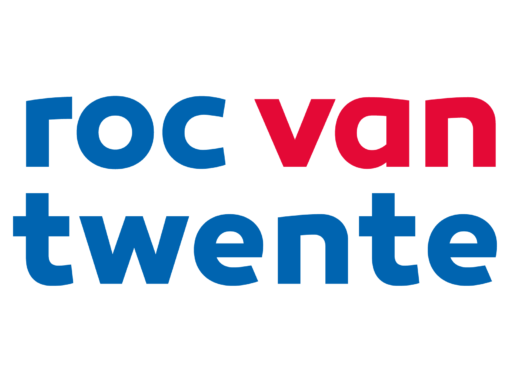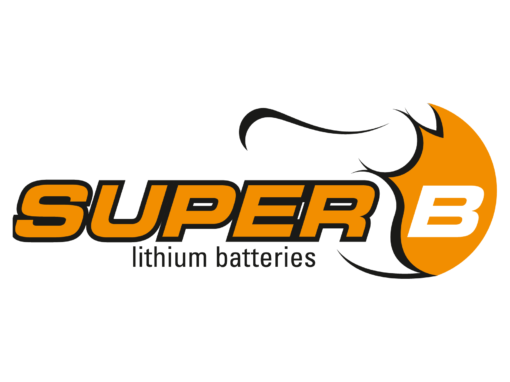RED Shift
RED Shift came 5th in the Bridgestone World Solar Challenge in 2017. It was the most spectacular race in the history of Solar Team Twente. The team started as 23rd in the race after dealing with a problem caused by the GPS-tracker during the qualification. After one day they had a ‘Max Verstappentje’ and RED Shift moved up to fourth place between the world’s best solar cars. It was an exciting race, because of the precarious weather conditions. Unfortunately the team got a time penalty of half an hour on the last day and they came 5th.
Half a meter narrower
The biggest change in design compared to RED One (2015), the solar car that came second in 2015 during the Bridgestone World Solar Challenge, is that the car is half a meter narrower. This change follows from the changed regulations. The total allowed area of the solar panel is reduced from 6 m2 to 4 m2.
Main air foil moved forward
The solar panel is placed on a so-called main air foil. In essence, this is the body of the solar car without the wheel covers and the canopy. The shape of these three is based on an air foil (simply a section of an airplane wing). The body is de biggest and also the most important regarding the air resistance and is therefore called the main air foil. This main air foil is moved forward to benefit more from the incoming undisturbed, laminar airstream. The wheel covers are the biggest disturbances in this airstream.
Two wheel covers
Due to RED Shift being a lot smaller, it is much more tempting to only have two air foils covering the wheels, compared to the three of RED One. This does however increase the so-called ‘tunnel effect’. This effect means that the air underneath the car accelerates, which may be disadvantageous for the aerodynamics.
Completely new canopy (dome around the driver)
The canopy is also completely new. It is much more aerodynamic due to the changed shape. The canopy is, however, larger, but this was unavoidable due to the new rules regarding visibility. It is mandatory for the driver to be able to see more and have more room.
Asymmetrical
RED Shift is, like RED One, an asymmetrical car. This is advantageous for both the air resistance and the solar energy income. It is advantageous for the air resistance, because the driver is integrated in one of the wheel covers. This removes the need for an extra protruding cover in the middle of the car where the driver would be situated otherwise. It is also beneficial for the solar income. Due to the canopy being on one side, there will only be shadow on the solar panel for halve of the day, instead of the entire day.
There are still some technical surprises hidden in our car. To be one step ahead of the competitors, we will announce these at a later date.
What RED Shift stand for?
On the 23rd of June Solar Team Twente’s solar car was presented. Her name is RED Shift, which stands for the shift from fossil to sustainable energy that we, as a team, want to bring about. RED Shift is also a phenomenon in physics. RED Shift occurs when an object moves away from you at a high speed. The faster the object goes, the more the object will shift to red in the light spectrum.
Our big partners


















